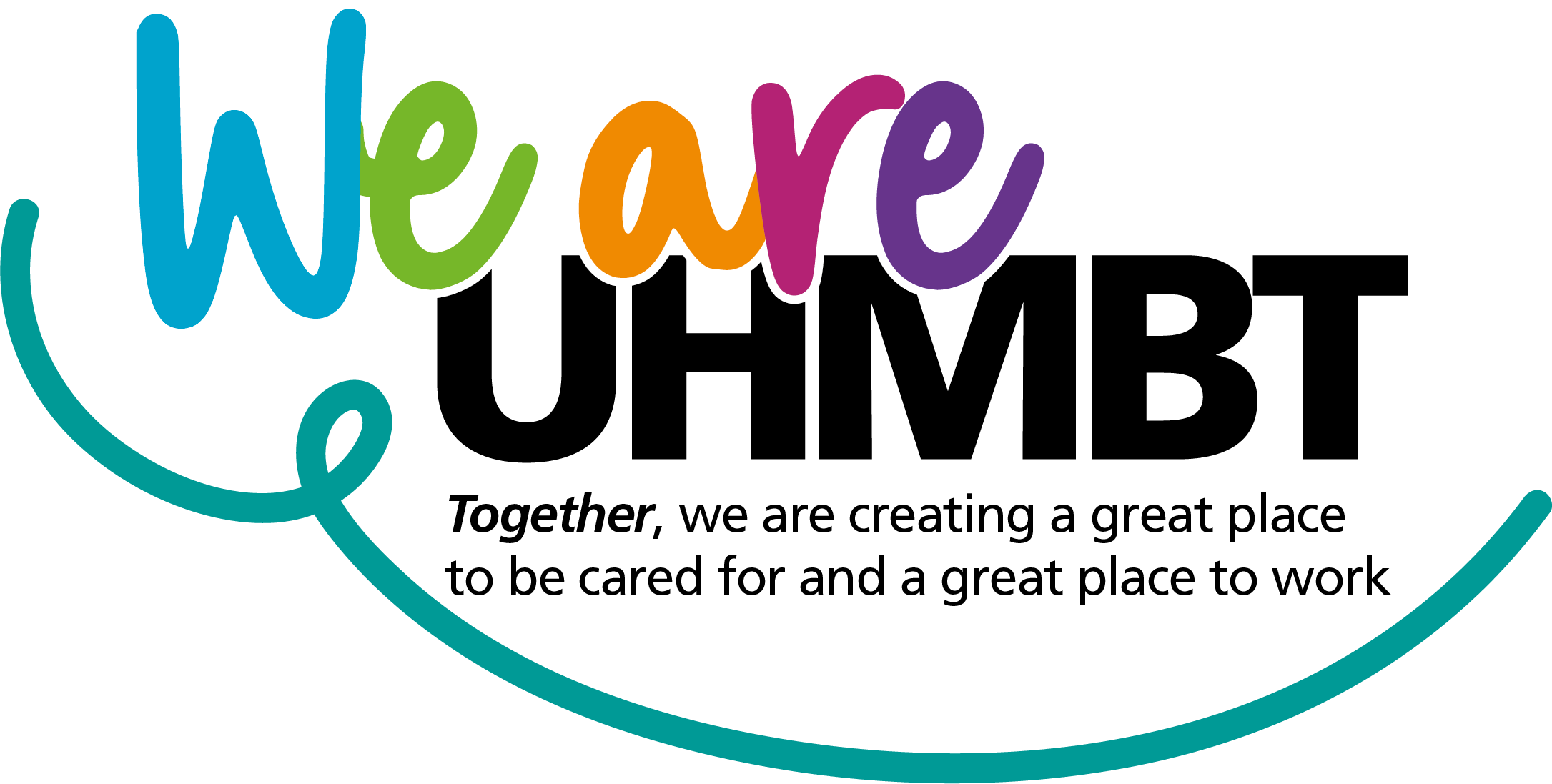Using bedrails safely and effectively in hospitals (children and small adults)
University Hospitals of Morecambe Bay NHS Foundation Trust (UHMBT) want Children and Young People (CYP) to stay safe during their hospital stay. The information within this leaflet follows advice from the Medicines and Healthcare Products Regulatory Agency (MHRA) to ensure bedrails are used safely and effectively in hospitals.
Bedrails are equipment that either attach to both sides of the bed/trolley or are part of the overall bed structure. They help you stay safe while you are in bed or on a trolley.
Bedrails can be very effective when used appropriately. This means using them with the right bed, in the right way, and for the right person. Properly used bedrails can reduce the risk of patients accidentally slipping, sliding, falling, or rolling out of bed. However, they are not suitable for everyone and can introduce other risks.
Aims
Some children and young people in hospital, due to their age, complex medical needs, or drowsiness from anaesthesia or painkillers, are at risk of falling out of bed.
National research has found that around one in 200 hospital patients fall out of bed. Most patients who fall receive only small bumps or bruises, but some patients are seriously injured. Rarely, injuries can be fatal.
Risks
- If you can easily get in and out of bed by yourself, bedrails would get in your way.
- If you might try to climb over the bedrail, it’s safer not to use them.
- If you are likely to be very restless in bed, there’s a risk of injuring yourself on the bedrails.
- In rare cases, getting stuck in bedrails can be dangerous.
- If you get upset, you might shake the bedrails and dislodge them, which could increase the risk of getting trapped.
Please note, children should only sleep in the bed provided to them. Parent’s beds are not to be used by children.
Benefits
To help reduce risks, the clinical nursing team will conduct a Bedrails Assessment upon your admission to establish if bedrails are suitable for you. This assessment will involve you and/or a family member whenever possible.
The Bedrails Assessment will consider your mobility, agitation level, and the risks and benefits of bedrails before they are used. The staff member will review and record the assessment after any significant changes in your condition.
Important Information
- Do not alter the position of the bedrails.
- Bedrails should not be used as a grab rail or to restrict your exit from the bed.
- Both bedrails should be in a raised position when you are in bed.
- For paediatric patients your admitting nurse will explain how the Risk Assessment will be used to determine whether a cot or a bed with or without bedrails will be most appropriate and why.
If you have any concerns or questions regarding anything in this information please ask a member of the nursing team.
Date of publication: 26/06/2024
Reference code: PIL230/IND001
Date of next review: 01/06/2027

